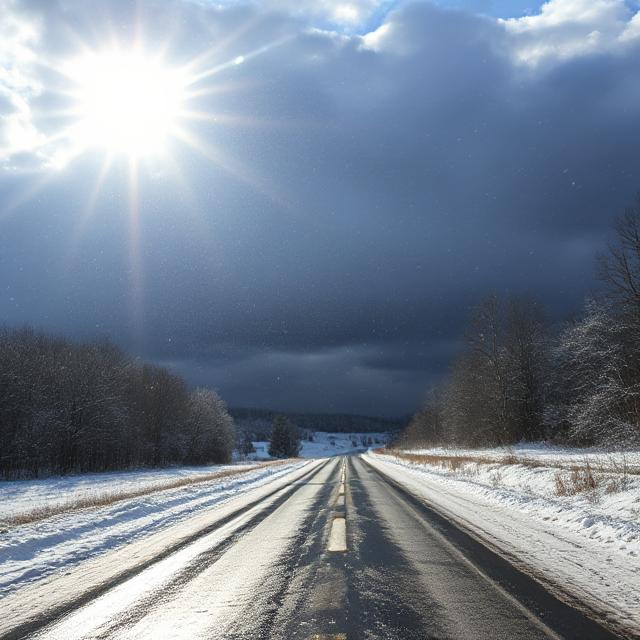
North Alabama Weather and Humble Hearts
North Alabama’s weather spins tales like a restless child—cheerful sunshine giggles across fields, then storm clouds pout and stamp their feet. Spring here is a wild storyteller, sending tornadoes howling like ghosts woken from old graves. Summer follows, slow and sticky, its heat humming like a drowsy song beneath a molasses-thick sky.
Even the wind seems to nap in the afternoons, heavy with the scent of pine and damp earth. But then, without warning, thunder growls, and rain lashes down like a tantrum, only to vanish as quick as it came. The land, patient and scarred, drinks it all in, knowing storms are just part of the dance.
Yet the people here move with the rhythm of the seasons, bending like river reeds but never snapping. Families cling to the red clay soil like ancient oaks, their roots tangled deep in tradition and grit. Their lives are stitched together by simple things—a garden’s stubborn yield, a porch swing’s creak, prayers whispered over Sunday supper. When tornadoes tear through or drought cracks the earth, they rebuild, hands rough as bark, hearts steady as the horizon.
Like the weather, they hold contradictions: fierce and gentle, weathered and wise. Storms may shake their homes, but never their faith—in the land, in each other, in tomorrow’s sun breaking through.
Generosity in North Alabama strikes like summer rain—swift, drenching, and impossible to ignore. Just as storms burst from nowhere, kindness here pours out without fuss. A neighbor appears with a basket of tomatoes, plump and sun-warmed, from a garden that leans like a tired old man. A stranger waves you inside when tornado sirens scream, offering coffee and a couch without asking your name.
These acts aren’t planned; they’re as natural as the weather. Even the homes, worn as barnwood and patched with time, seem to hum with joy. Laughter rattles windowpanes, louder than any thunderclap, proving that happiness here isn’t bought—it’s grown, like wildflowers in cracked clay.
This land doesn’t count riches in coins but in closeness. Shared suppers stretch tables with cornbread and collards, stories traded like heirlooms on sagging porches. Hands here tell tales: some calloused from hoeing rows, others rough from gripping a friend’s shoulder during hard days. Pride stays tucked away, quiet as a pocketknife.
No one brags about what they own, only what they’ve shared—a pot of soup, a borrowed tool, a night spent keeping watch as storms roll through. Life isn’t easy, but neither is the earth here. Both demand grit. And just as the soil soaks up every rain, these communities soak up every struggle, turning it into something sturdy, something that lasts.
Winter in North Alabama bites with a coyote’s sharpness, frost etching lace on windowpanes. Yet inside, wood stoves glow like hearth-hearted suns, and kin gather close, stitching quilts and mending wounds. The land may sleep, but kitchens stay alive with biscuit warmth and coffee-steam prayers. Struggles come, yes—crops fail, roads flood—but so does the stubborn grace of people who know lean times make gratitude sweeter.
Come autumn, the hills blush crimson and gold, a fleeting masterpiece. It’s a season of both surrender and celebration, much like the quiet pride of these communities. They don’t shout; they persist. Families mark years by harvests and hymnals, not headlines. Their strength isn’t in grandeur but in the tender way they weather life’s storms—together, without fanfare, like the earth itself turning toward tomorrow.
Truly, North Alabama’s skies and souls share the same lesson: beauty blooms where resilience meets humility. The weather rages, then softens; the people ache, then rise. Both carry scars, both bear light. And in their unassuming dance, they remind us that the truest treasures are often cloaked in dust and drizzle, waiting for those humble enough to see.